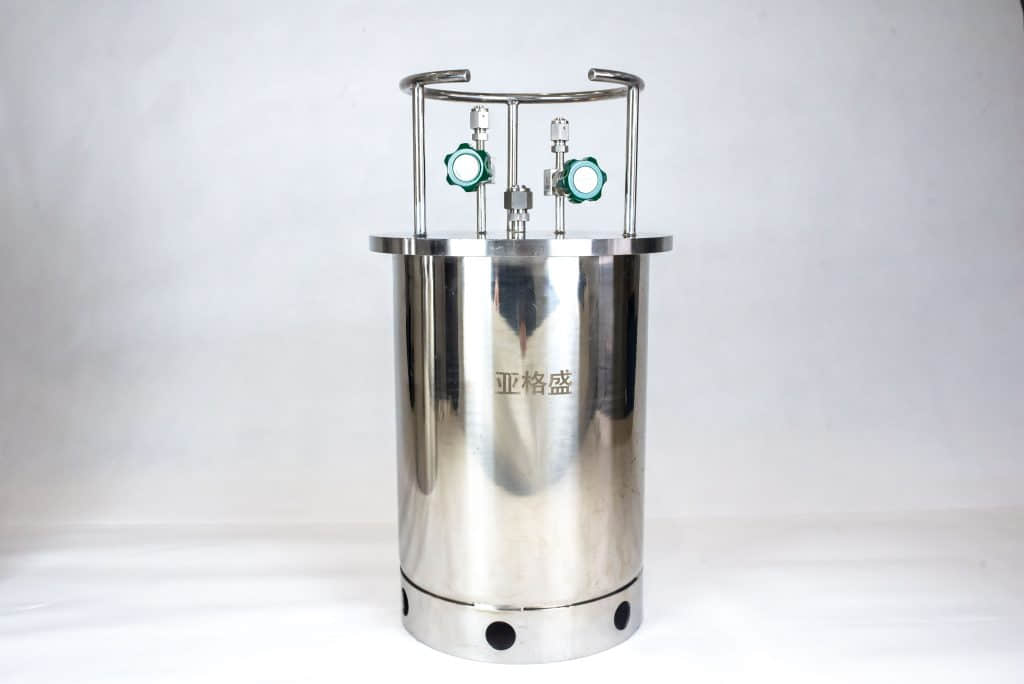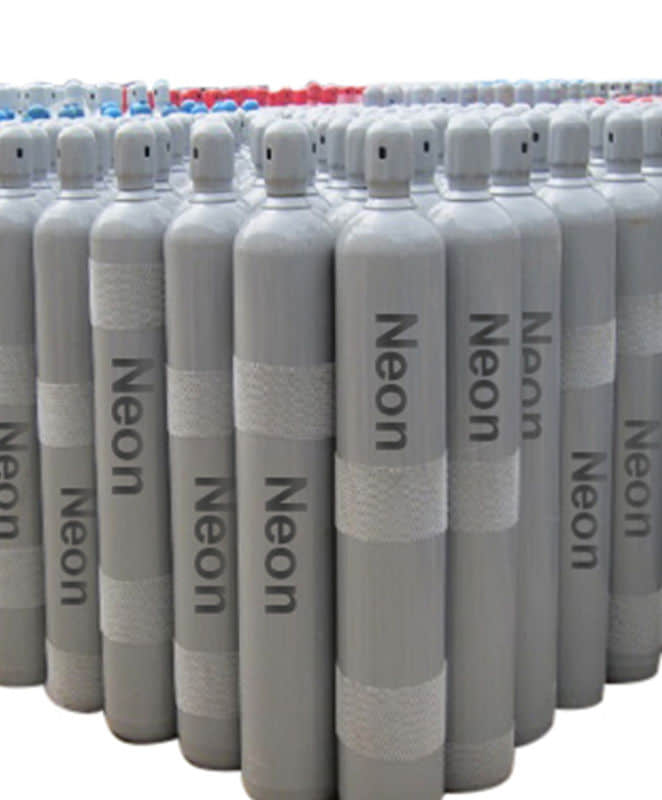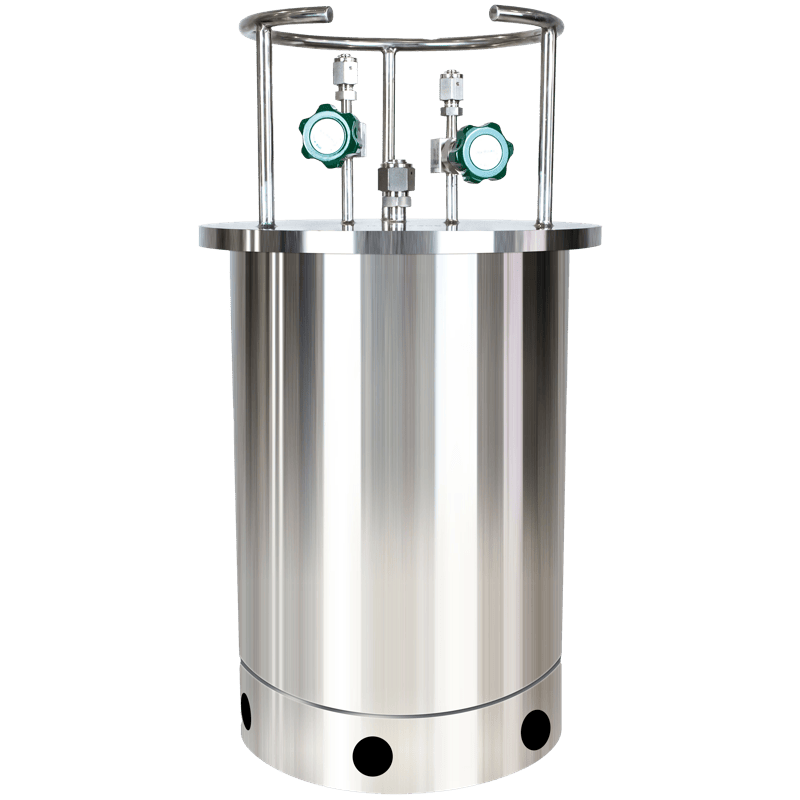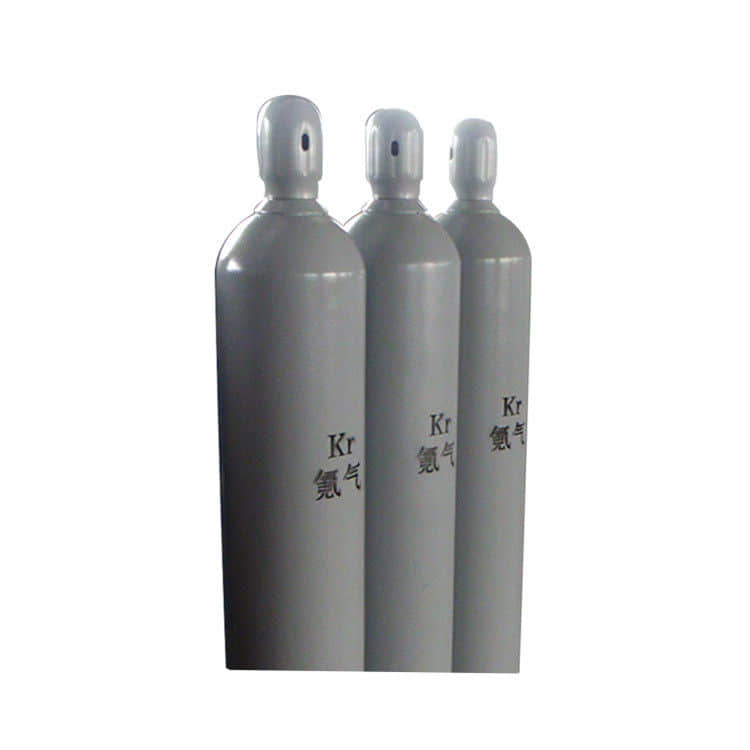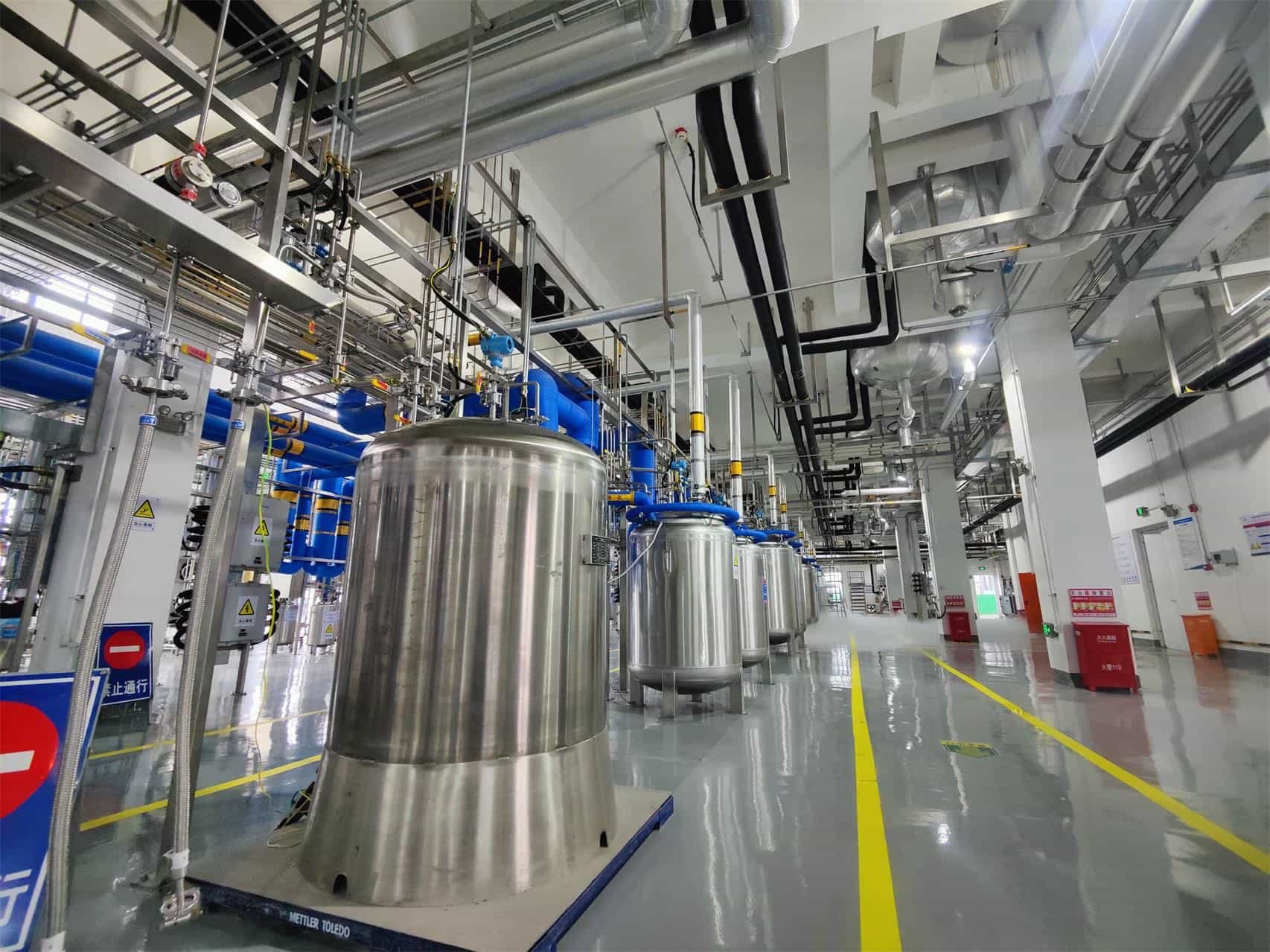Trisilane is a chemical substance with a molecular structure consisting of three silicon atoms and a chemical formula of Si3H8. At room temperature and pressure, propylsilane appears as a colorless and easily self igniting liquid. It was discovered by Carol Bosky and Alfred Stoke in 1916. It is worth noting that since Trilane does not contain carbon, it is not an organic compound.
Propylsilane has a wide range of applications in the semiconductor industry. For example, by using chemical vapor deposition, a layer of silicon film can be formed on the surface of a silicon wafer by mixing propane with gases such as hydrogen and oxygen, which can be further processed into semiconductor devices.
In addition, propylsilane is also used as a raw material for manufacturing solar cells. The expansion of its application field may be influenced by factors such as market demand and policy support in different regions.
Specifically, the application of propylsilane in the semiconductor industry mainly involves the following aspects:
Semiconductor material preparation: Propylsilane, as one of the important raw materials, generates silicon thin films through chemical reactions and is further processed into various semiconductor devices. These devices are widely used in fields such as communication, computers, and home appliances.
Solar cell manufacturing: Propylene silane is also one of the important raw materials for manufacturing solar cells. After mixing with other gases, it can form a polycrystalline silicon film for manufacturing efficient solar cells.
Other application fields: In addition to the above application fields, propylsilane can also be used to manufacture high-purity silane gas, silicon-based materials, etc. These products also have wide applications in fields such as electronics and aerospace.
Propylsilane is a flammable and toxic liquid at room temperature and pressure. It has chemical properties similar to methylsilane, but its reactivity is stronger than that of methylsilane and ethylsilane. It can spontaneously ignite in air. Its explosion range in the air is unknown, but it can be estimated that the explosion range is larger than that of methylsilane. Therefore, when it comes into contact with air, for safety reasons, the concentration must be controlled below 0.1%. It is insoluble in water and does not react with acids, but can react with bases to produce silicic acid and hydrogen. Intense reaction with monomer halogen. It is non corrosive. The thermal stability of propylsilane is worse than that of methylsilane, and its discharge energy can also cause it to decompose into Si and H2.
Propylene silane containers should be stored in a cool and well ventilated place, away from heat sources and sparks, isolated from other flammable substances and corrosive drugs, and stored at a temperature not exceeding 40 ℃ to avoid direct sunlight. When transporting, it is necessary to load and unload the container with care, and strictly prevent it from being hit.
When a fire occurs, the gas source should be cut off and inert gas should be used to control the fire. Simply relying on fire extinguishing agents cannot extinguish the fire.
When discharging propylene silane waste gas, it must be discharged after complete decomposition or burned under strict control. The specific approach is as follows:
(1) Introduce liquefied petroleum gas and other continuously burning flames to burn them together.
(2) Inject it into an alkaline aqueous solution and allow it to fully hydrolyze.
(3) Inject into a lower alcohol solution of alkali metals (Na, Li, etc.) (about 0.5%) to hydrolyze them.

